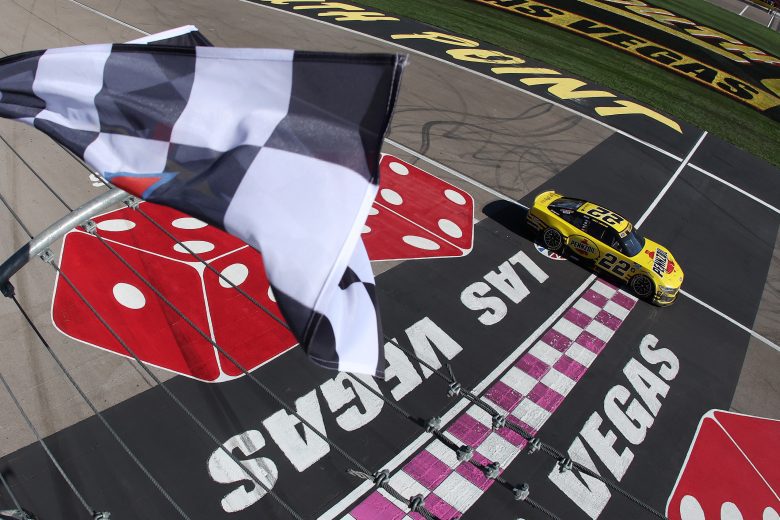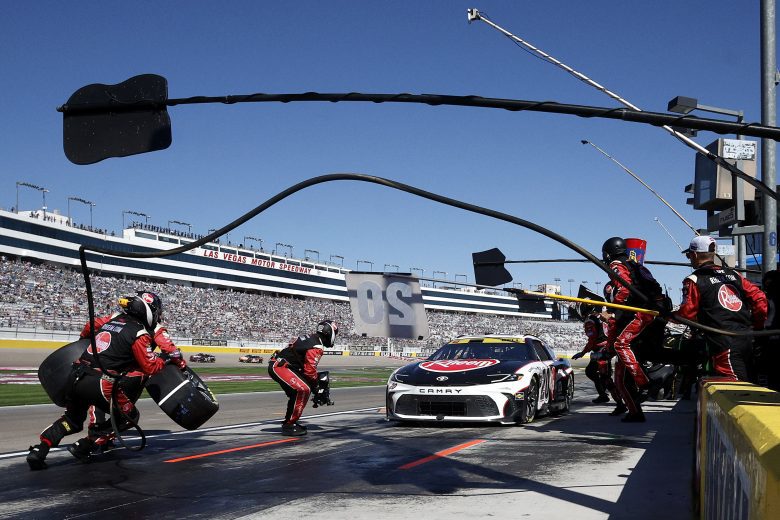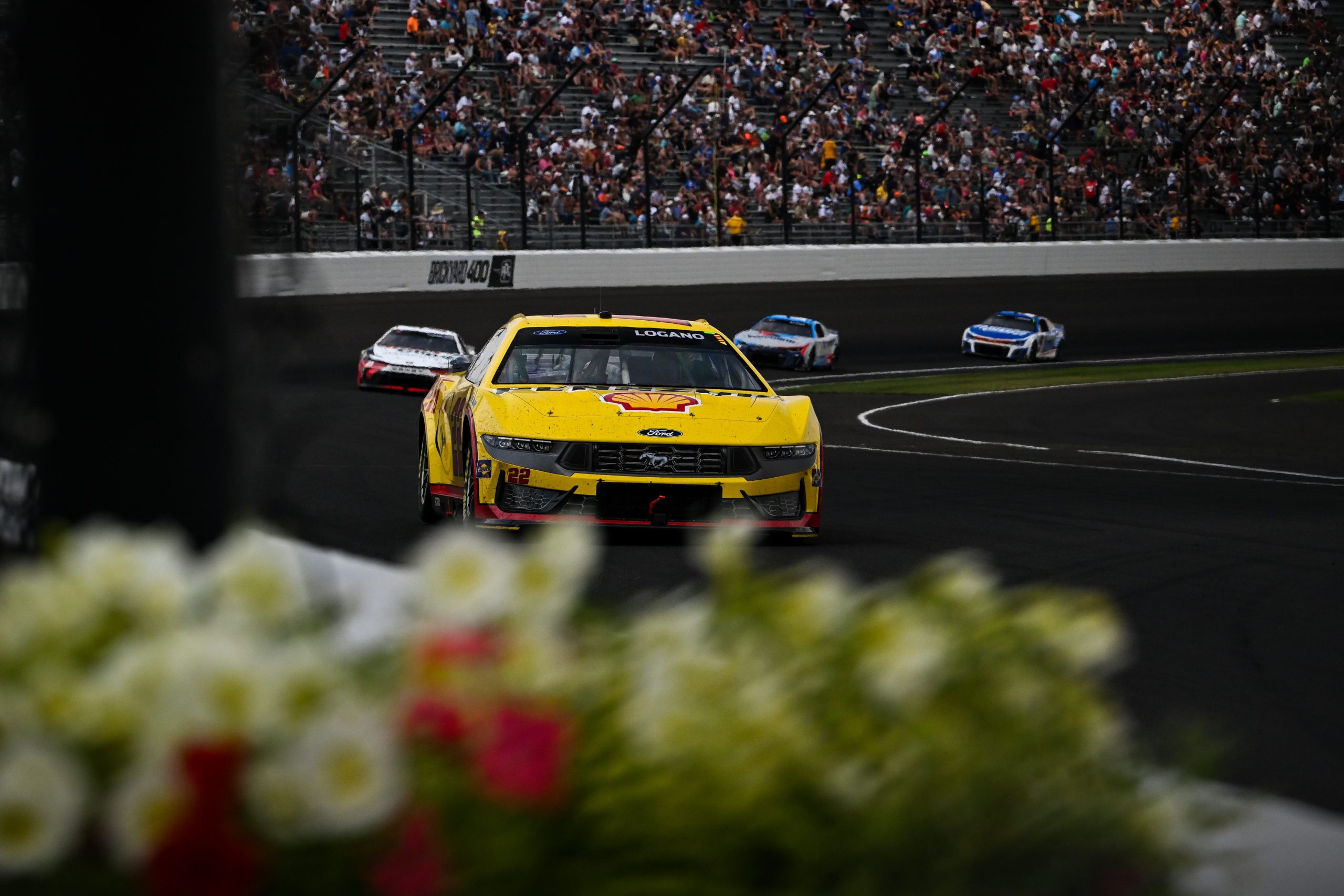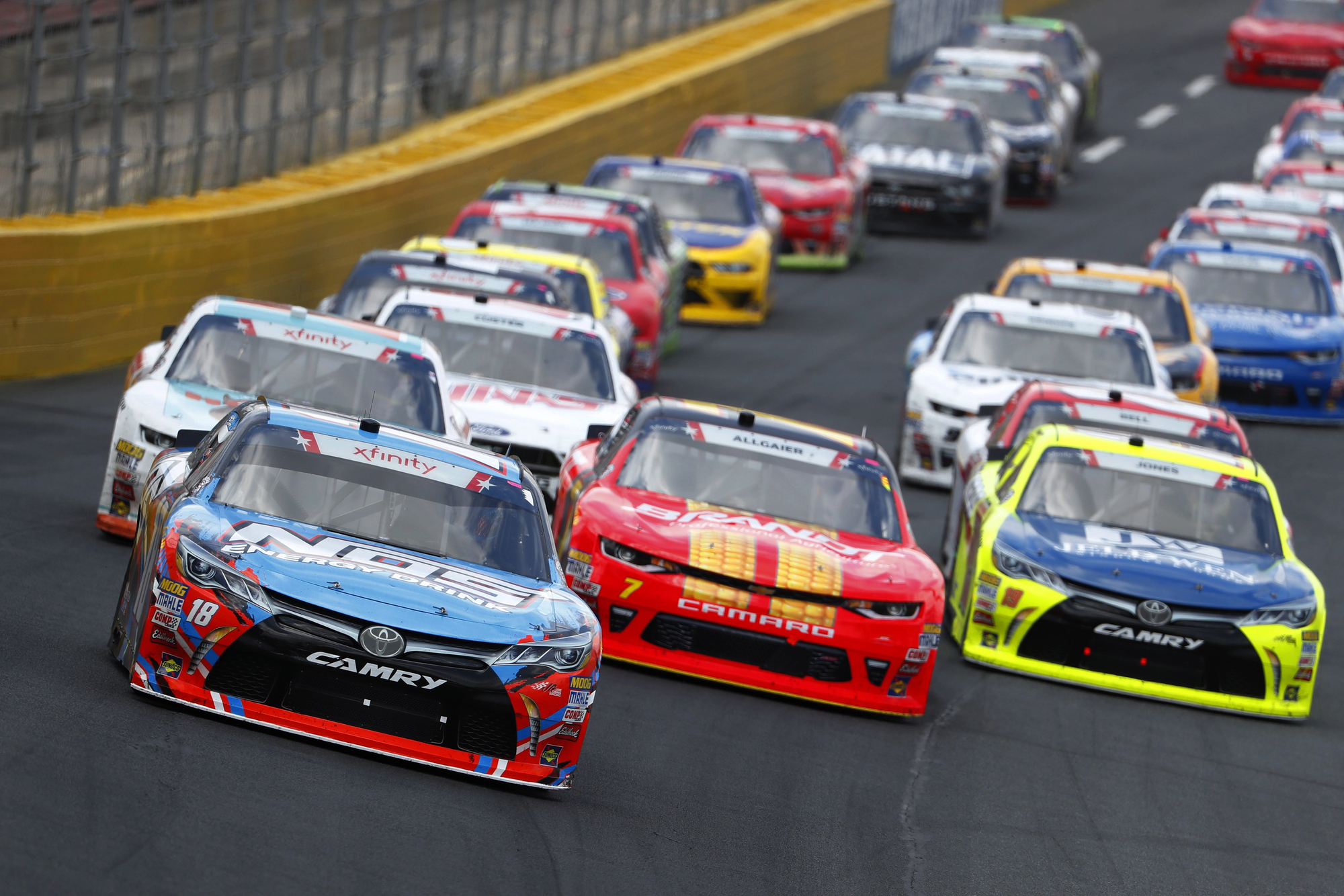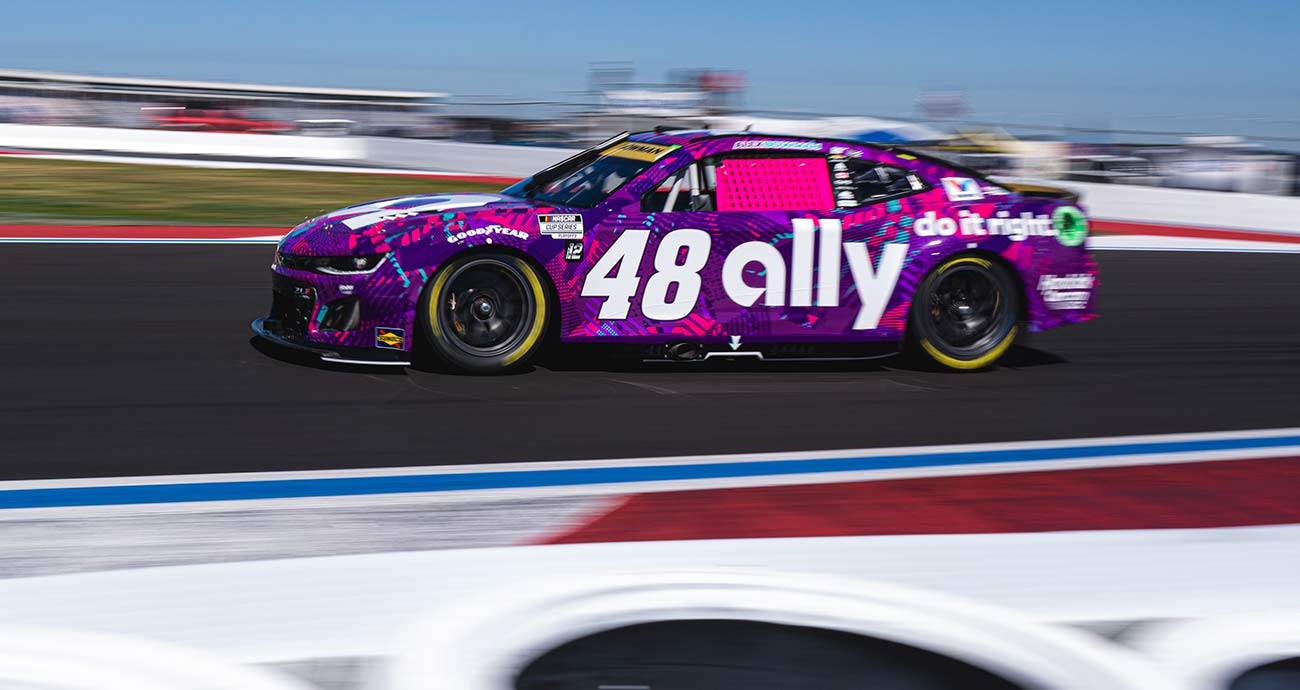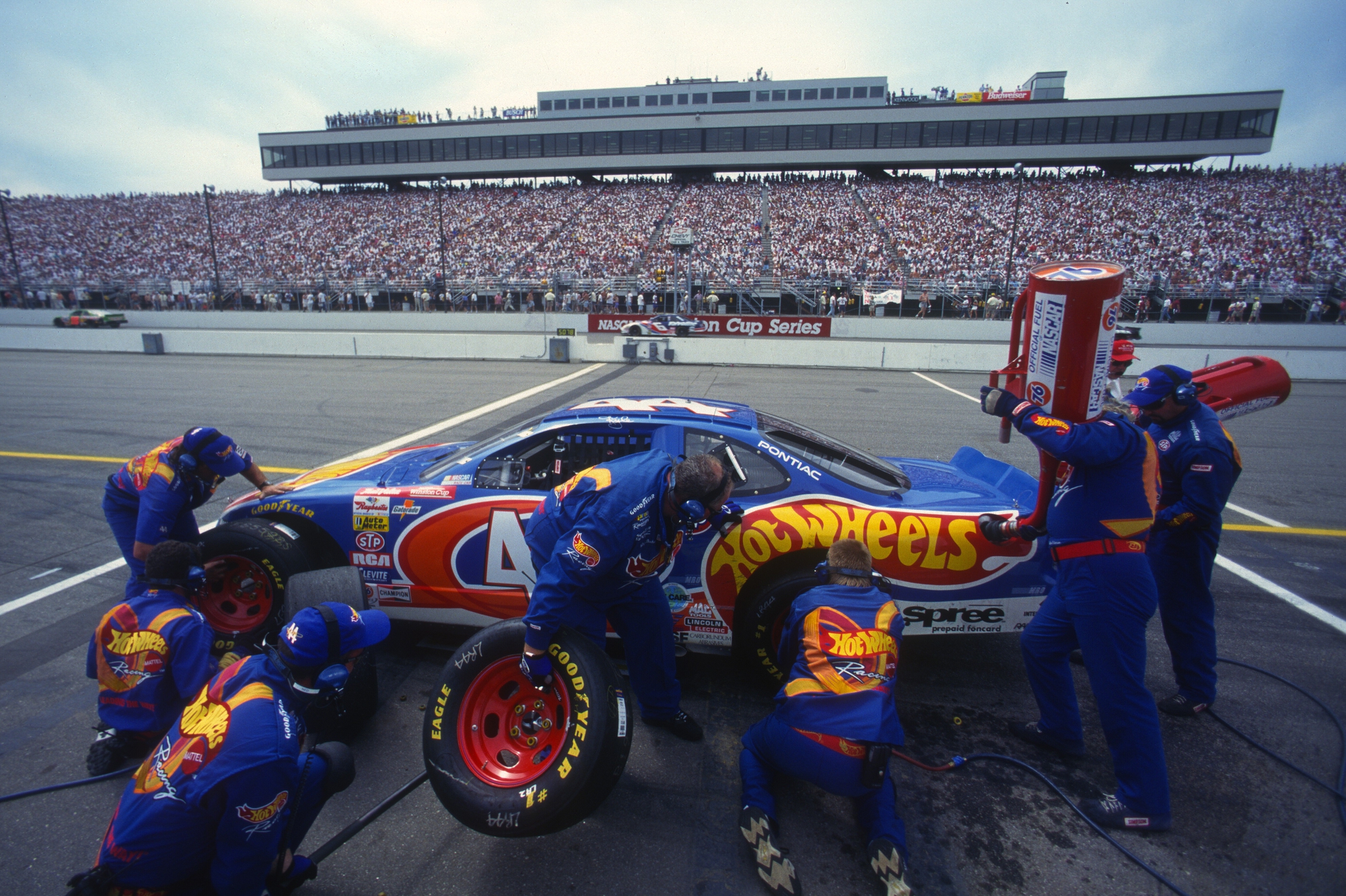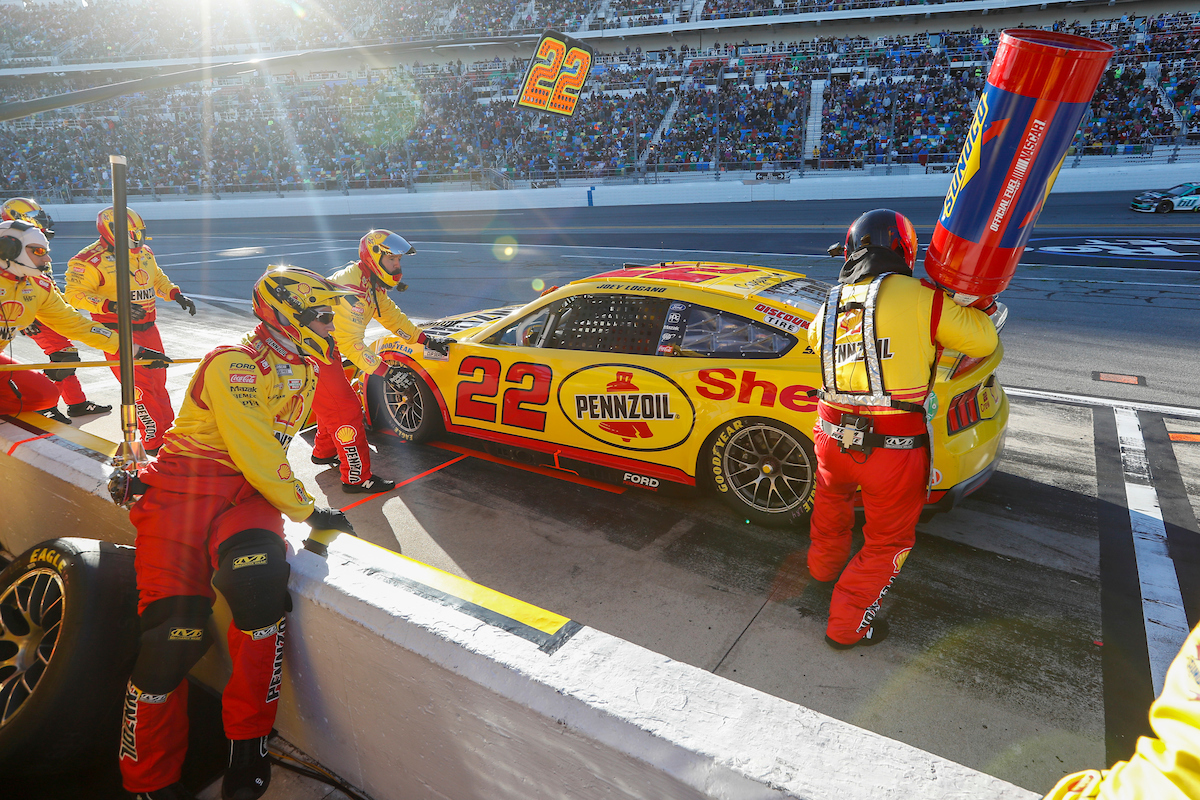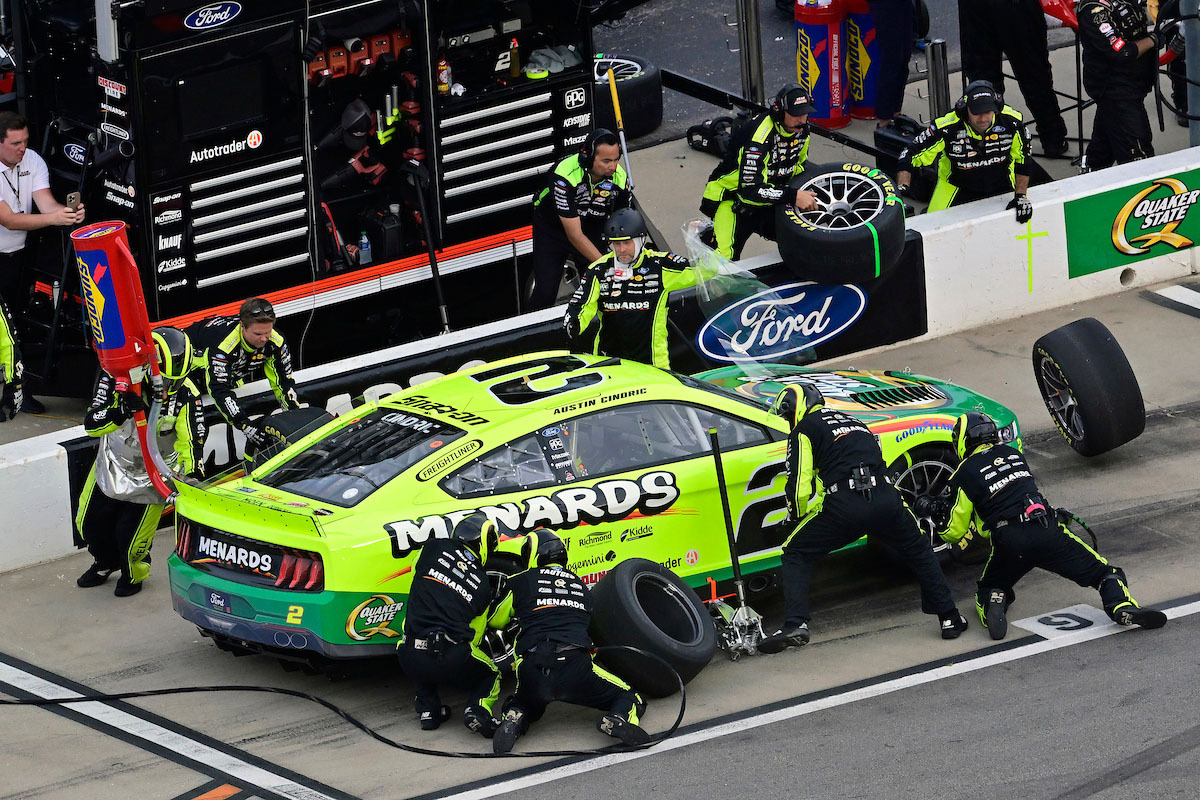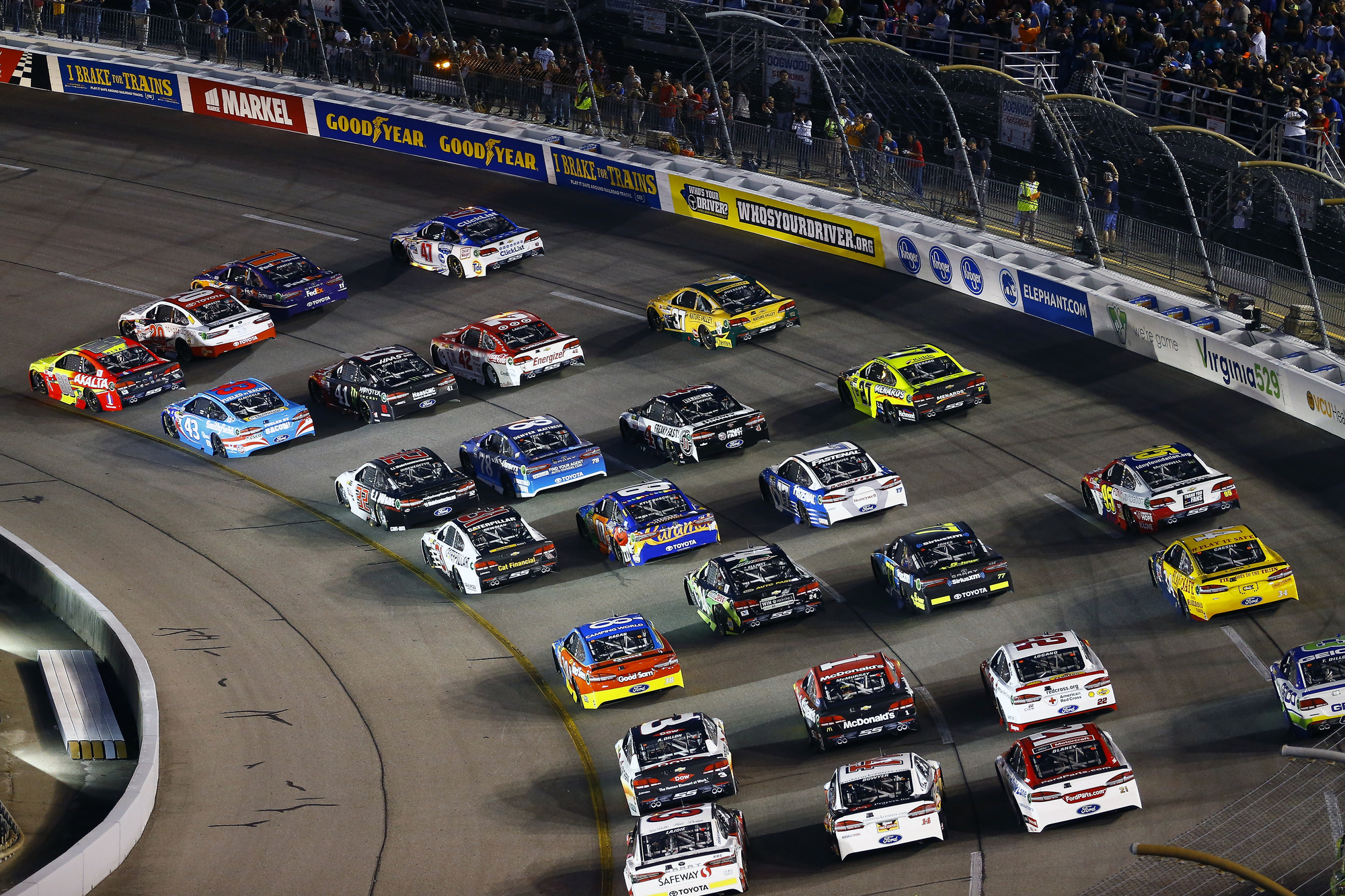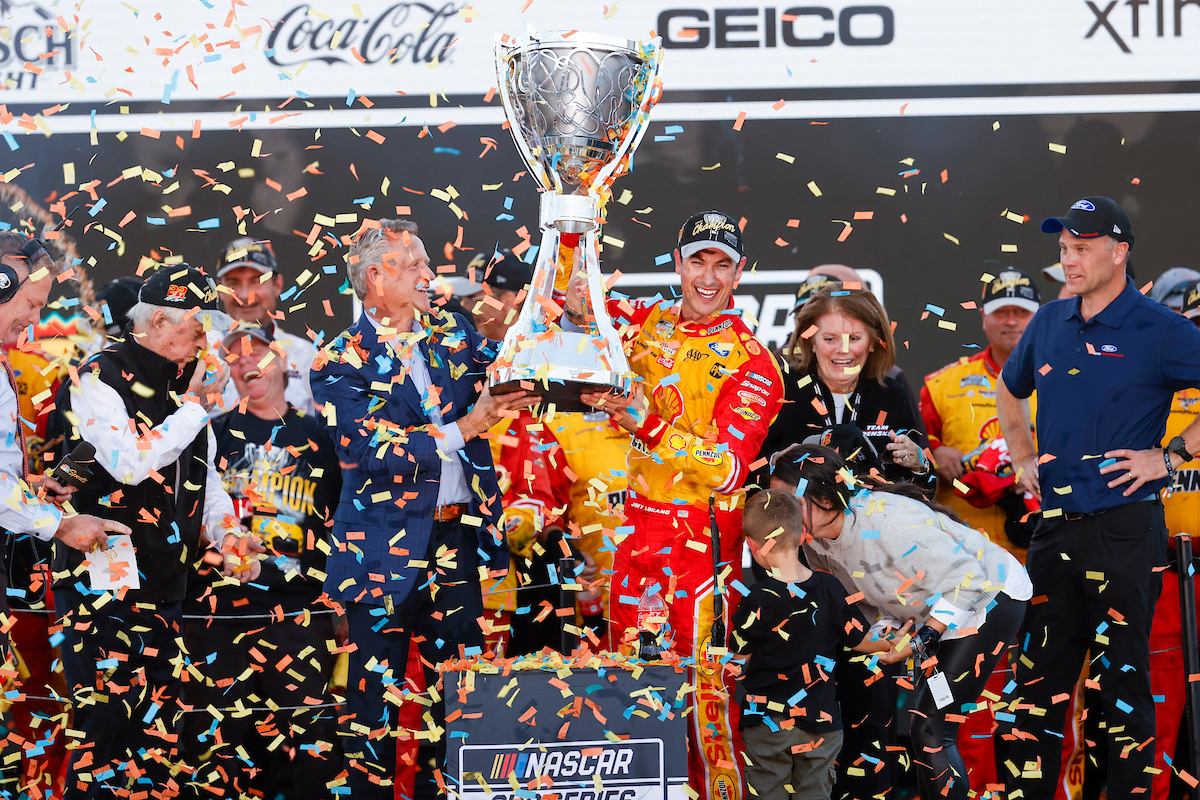Can a NASCAR Go 300 MPH?
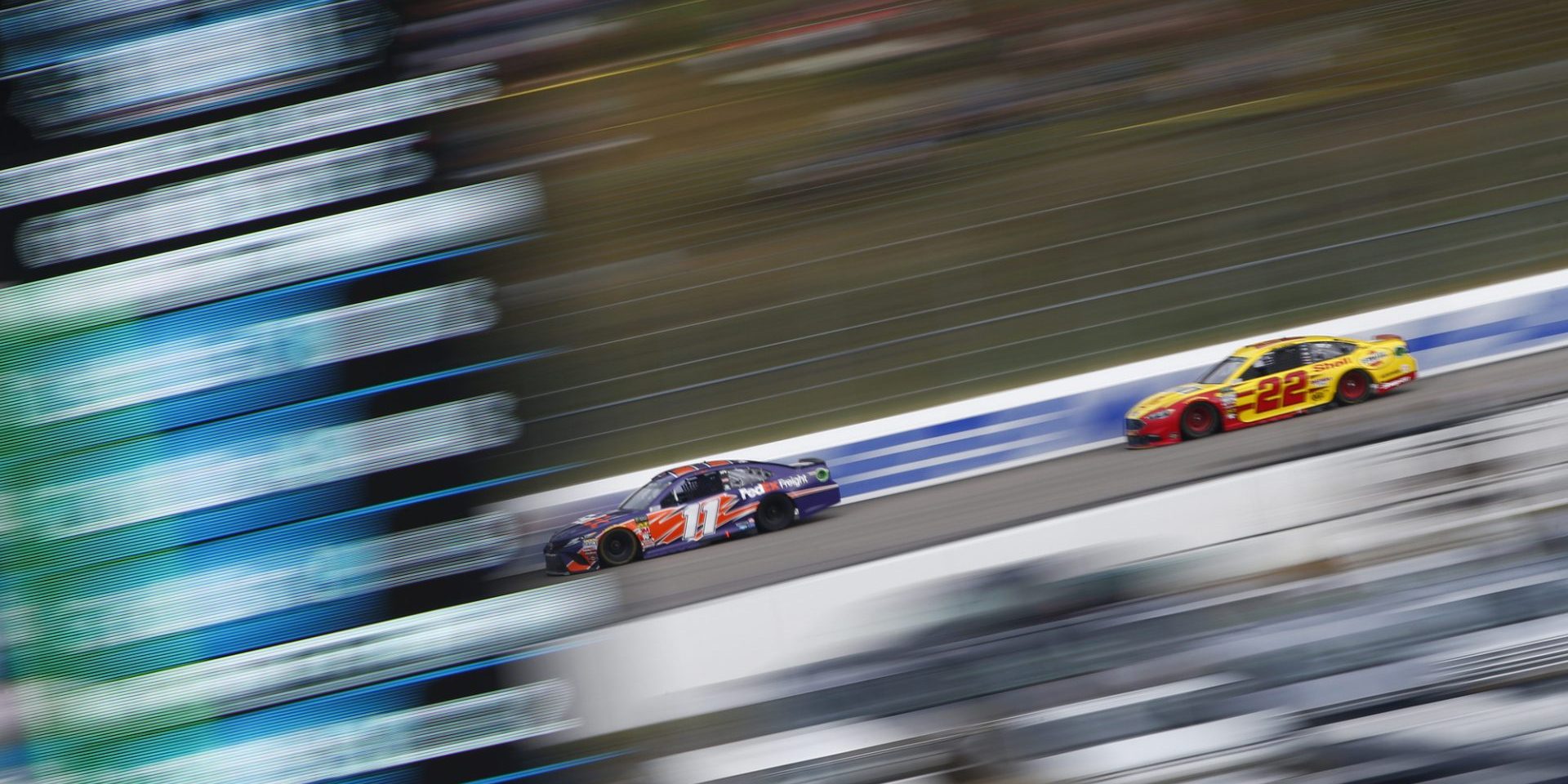
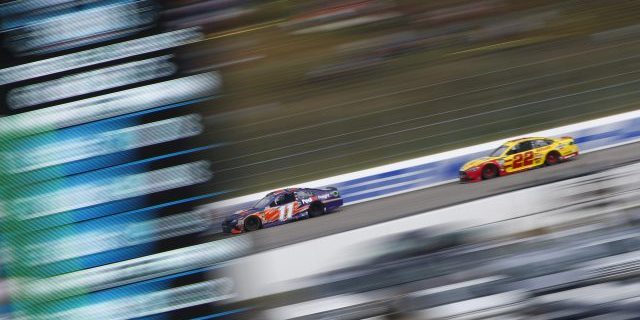
NASCAR is renowned for speed, producing some of the fastest racing cars on the planet, captivating audiences with their performance. Currently, Next Gen NASCAR cars achieve considerable speeds, particularly on superspeedways like Daytona and Talladega, where average speeds reach up to 193 mph during practice sessions. The intense horsepower of these vehicles, which can reach up to 750 horsepower, far surpasses the capabilities of regular cars.
Historically, NASCAR vehicles have pushed the limits of speed. Bill Elliott set a record with a top speed of 212 mph at Talladega Superspeedway during qualifying in 1987, a figure that still stands out in the racing community. While today’s NASCAR cars have the potential to reach speeds around 200 mph, pushing a stock car to 300 mph has not been accomplished. Factors including aerodynamics, engine capabilities, safety regulations, and track design all influence the top speeds of NASCAR vehicles during competitive events.
Table of Contents
Historical Speed Records
NASCAR has a rich history of speed achievements, marked by momentous records and technological advancements. This section explores the highlights of NASCAR’s historical speed records, including the evolution of speeds and a record-setting moment by driver Bill Elliott.
The Evolution of NASCAR Speeds
Initially, NASCAR vehicles were not designed to reach speeds that they achieve today. Over the years, as technology and engineering improved, the cars became faster and more capable. At superspeedways like Daytona and Talladega, the most significant speed leaps were made. These high-banked tracks allowed for higher average speeds, with cars eventually hitting upwards of 190 mph during races and practice sessions.
Bill Elliott’s Speed Record
In the annals of NASCAR history, Bill Elliott’s name stands out for his record-setting speed. In 1987, during a qualifying session at Talladega Superspeedway, Elliott achieved a blistering top speed of 212 mph (341 kph). Subsequently, he even reached a faster lap time of 213 mph (342 kph). His remarkable feat has yet to be surpassed in official NASCAR events, solidifying his place in racing lore. After this period of unprecedented speeds, NASCAR introduced restrictor plates to limit the maximum speeds of cars for safety reasons, effectively capping the speeds achievable on the racetrack.
Technical Aspects of NASCAR Vehicles
This section explores the engine specifications, aerodynamics, and restrictions that define the speed and performance of NASCAR vehicles.
Engine and Horsepower
NASCAR vehicles are equipped with a powerful 358 cubic inch (5.86 liter) V8 engine, delivering up to 750 horsepower. This contrasts with standard road cars that typically reach about 300 horsepower. The engine is a central factor enabling these stock cars to attain rapid acceleration and high speeds on the track.
Aerodynamics and Handling
Aerodynamics play a crucial role in NASCAR car performance, affecting both speed and handling. The vehicles are designed with a body that reduces aerodynamic drag and improves downforce, promoting stability at high speeds. Efficient airflow management around the car allows for better grip on the racing surface, leading to improved cornering and overall control.
Restrictor Plates and Their Impact on Speed
Restrictor plates are used at certain NASCAR tracks to limit engine power and reduce top speeds for safety reasons. They work by reducing the amount of air entering the engine, which in turn reduces horsepower and, consequently, the car’s top speed. Although NASCAR cars have the potential to reach speeds over 200 mph, restrictor plates ensure that speeds at superspeedways like Daytona and Talladega remain under the maximum speed for safety.
Race Track Dynamics
The performance of NASCAR vehicles is significantly affected by the characteristics of the tracks on which they race, including the type of track and its surface quality.
Superspeedways vs Short Tracks
Superspeedways are the hallmark of high speeds in NASCAR racing. Iconic tracks like Talladega Superspeedway and Michigan International Speedway are examples of superspeedways that are distinguished by their long and wide oval shapes, allowing cars to reach speeds well above 200 miles per hour. These tracks are typically longer than 2 miles and have a reputation for fast, pack-style racing.
Conversely, short tracks such as Martinsville Speedway and Bristol Motor Speedway present different challenges. Short tracks are usually less than a mile in length, with tight corners that necessitate lower speeds and greater emphasis on driver skill and car handling. Speeds at these venues are considerably more conservative, with precise acceleration and braking being key to success.
Track Type and Surface Influence
Each type of track surface imparts a distinct influence on the race’s dynamics. Tracks are primarily composed of either asphalt or concrete, with each material presenting unique grip and wear characteristics that affect speed and handling. For instance, concrete surfaces like those found at Bristol can be more consistent in grip level, whereas asphalt surfaces at tracks like Atlanta Motor Speedway and Texas Motor Speedway can wear tires more quickly, affecting speeds.
Road courses, which include a series of left and right turns like those found in road racing, introduce complex variables with their diverse layouts. They require balanced car setups for multi-directional agility, rather than focusing solely on high velocity. Such courses are contrasted by the conventional oval configurations seen at speedways and superspeedways, where higher sustained speeds are typical, particularly on superspeedways, where the expansive track layout supports the NASCAR vehicles’ full acceleration capabilities.
The Role of Safety in NASCAR Speeds
In NASCAR, the interplay between safety and vehicle speed is a constantly evolving consideration. Regulations and technological advancements in safety have a direct impact on the speeds NASCAR cars are permitted and able to reach.
Safety Features and Regulations
NASCAR vehicles are equipped with numerous safety features designed to protect the driver while maintaining high performance. The Car of Tomorrow, a result of extensive safety research, includes a reinforced roll cage and uses a robust steel plate on the left side to increase crash resilience. To prevent fires, drivers wear fire-retardant uniforms, made of materials like Nomex, comprising several protective layers. Additionally, the cars have safety harnesses that secure drivers during high-speed impacts.
Regulations also play a role in speed control. NASCAR has implemented restrictor plates at certain tracks, like Daytona 500, to limit engine horsepower, thereby reducing top speeds to enhance the safety of both drivers and spectators. Moreover, NASCAR vehicles feature advanced handling characteristics that help maintain control at high speeds and during tight group formations on the track.
Incidents and Their Influence on Speed Limits
Historical racing incidents have had a significant influence on the speed regulations in NASCAR. Following a number of severe crashes and fatalities, NASCAR’s governing body has revised the rules around vehicle speeds and safety equipment. These revisions often result in decreased maximum speeds to ensure drivers’ welfare.
For example, after the tragic death of Dale Earnhardt Sr. in the 2001 Daytona 500, one of NASCAR’s most notorious crashes, NASCAR mandated the use of Head and Neck Support (HANS) devices and introduced softer barriers around tracks to absorb impact better. Each incident prompts a close review of the events leading up to the crash, driving continuous improvements and often leading to a balance between safety and the innate competitive nature of motorsport to achieve high speeds.
Comparative Speed Analysis
In comparing the top speeds of NASCAR with other major motorsports such as Formula 1 and IndyCar, it’s essential to understand that each racing series has its unique vehicle specifications, influencing their performance metrics.
NASCAR vs Formula 1
NASCAR vehicles, known for their oval track racing, have recorded average speeds up to 193 mph (311 kph) on superspeedways. Historically, the highest recorded qualifying speed was 212 mph (341 kph) at Talladega in 1987. In contrast, Formula 1 cars, designed for circuit racing with a mix of straights and tight corners, regularly achieve top speeds over 220 mph (354 kph) with average speeds varying based on the track layout.
- Top Speed Performance:
- NASCAR: 212 mph (recorded qualifying)
- F1: 230+ mph (estimated current capability)
- Acceleration:
- NASCAR: 0 to 60 in approximately 3.5 seconds.
- F1: 0 to 60 in about 2.6 seconds.
NASCAR vs IndyCar
IndyCar is another top-tier category in American auto racing, predominantly on oval tracks similar to NASCAR but also featuring road and street circuits. While NASCAR cars reach speeds up to 200 mph (322 kph) on superspeedways, IndyCars can achieve faster lap speeds, often exceeding 230 mph (370 kph) on similar tracks.
- Average Lap Speed:
- NASCAR: Around 175-190 mph on intermediate tracks.
- IndyCar: Often exceeds 200 mph, depending on the track.
Both NASCAR and IndyCar vehicles are built with different priorities: NASCAR cars are heavier and built for endurance and close-contact racing, while IndyCar machines are lighter and built for high-speed performance.

